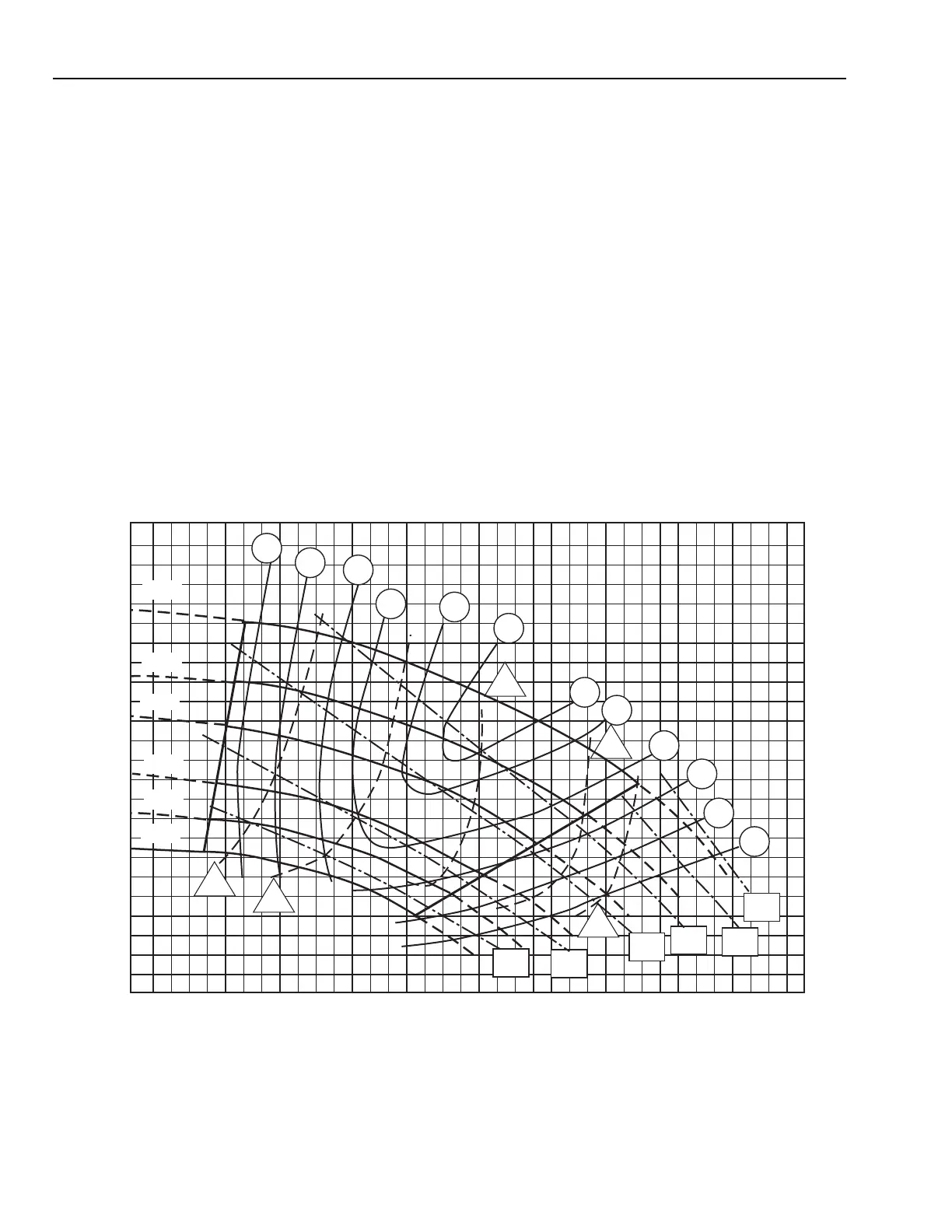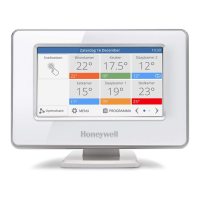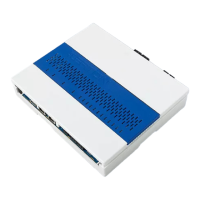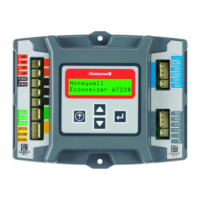ENGINEERING MANUAL OF AUTOMATIC CONTROL
CHILLER, BOILER, AND DISTRIBUTION SYSTEM CONTROL APPLICATIONS
340
Pump Power Requirements
The pump curve in Figure 53 is part of a family of curves for
a pump. Each curve of the family represents a different size
impeller used with the pump at a specified rpm. It relates to the
power input required just to move the water (water horsepower)
as follows:
Water hp = (flow x head x SG) ÷ 3960
Where:
flow = gpm
head = ft
SG = specific gravity of the liquid (water = 1)
The motor driving the pump must have a horsepower rating in
excess of water horsepower to take care of bearing and seal friction,
recirculation within the housing, and impeller efficiency.
NOTE: Water horsepower increases with head and flow. If
flow is allowed to increase, the motor may overload.
Courtesy of Aurora Pump
Fig. 54. 1150 RPM Typical Pump Curve.
Pump Performance Curves
Commercial pumps have performance curves showing the
following data for a given pump speed:
—Total head in ft versus flow in gpm
—Total head versus flow for various impeller diameters
— Pump efficiency at various operating points
—Brake horsepower (BHP) or motor horsepower required
— Net positive suction head (NPSH). NPSH is the absolute
pressure (psia) required at the suction inlet to prevent
cavitation due to “boiling” and formation of bubbles in
the water.
Figure 54 is a typical performance curve showing some of
the preceding data. Impeller diameters are shown on the left.
Pump Efficiency
Pump efficiency is a comparison of water horsepower
developed in the pump and brake horsepower applied by the
motor to the shaft and impeller.
7-1/2
HP
10
HP
15
HP
20
HP
25
HP
30
HP
7
NPSH
8
NPSH
10
NPSH
15
NPSH
20
NPSH
50%
60%
70%
75%
80%
81%
81%
80%
75%
70%
60%
50%
0 200 400 600 800 1000 1200 1400 1600 1800
0
20
40
60
80
100
15"DIA
14"DIA
13"DIA
12"DIA
11"DIA
10"DIA
CAPACITY - G.P.M.
TOTAL HEAD IN FEET
C1053

